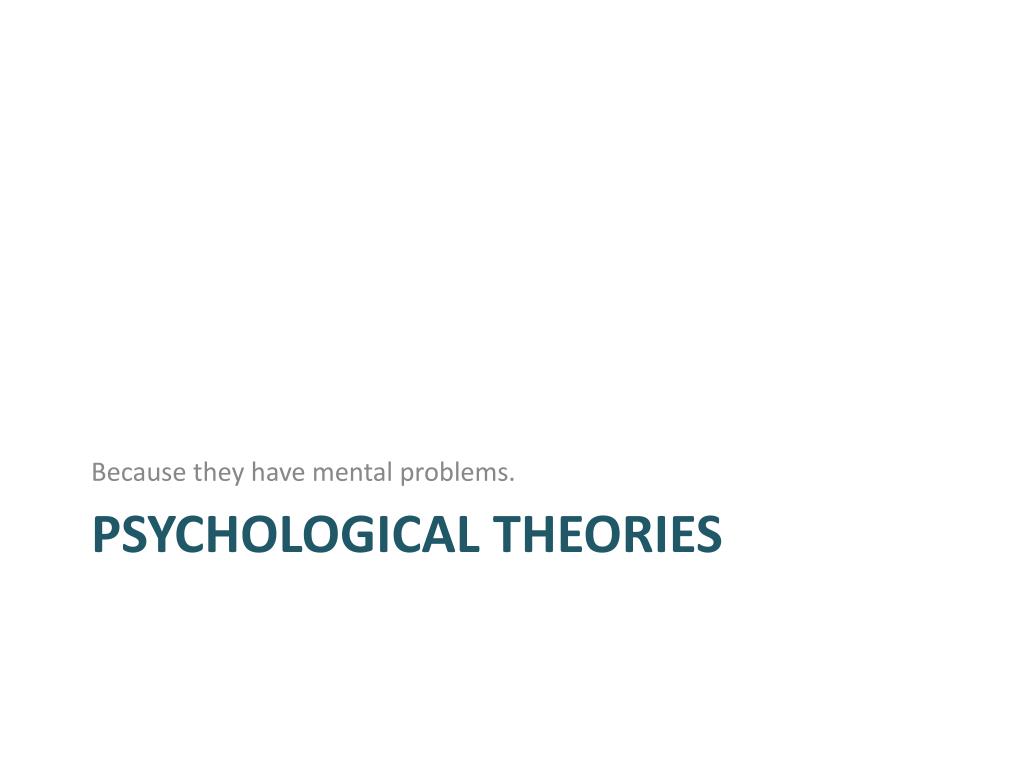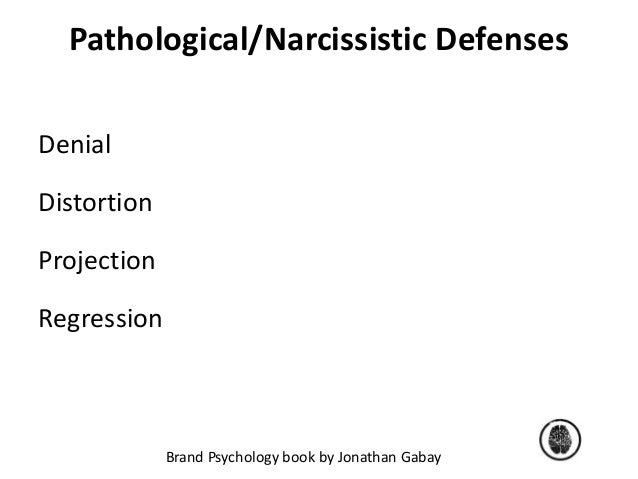

S/he is, for a while, a bad person – or at least this is how s/he tends to interpret this account. A child who is spanked or scolded feels the withdrawal of parental approval very acutely. Harry Stack Sullivan called these punishing events forbidding gestures.īy design, forbidding gesture are frightening and rejecting. It is impossible to grow up without having experienced a great number of punishing events. They do this by hugging and praising you for appropriate behavior and teaching or punishing you for dangerous, wrong or annoying behavior. All through childhood your parents teach you which behaviors are acceptable, which are dangerous, which are morally wrong, which are lovable and which are annoying. The Critic was born during your earliest experiences of socialization by your parents. OriginĪlthough the Critic seems to have a will of his/her own, this independence is an illusion. The Critic compares the way you are with the way you ‘ought’ to be and judges you inadequate or wrong. The Critic has a way of turning your ‘shoulds’ against you. Among the most effective are the values and rules of living that you grew up with. And though you try to turn the Critic off, you keep being reminded of yet another mistake, another rejection, another embarrassment. Through a process called chaining, the Critic may show you a past failure, which reminds you of another and another in a long string of painful associations. Sometimes the critic uses submodalities to undermine your sense of self worth. S/he might only scream the word ‘lazy’, but those two syllables contain the memory of the hundreds of times a child manager complained about laziness, attacked your laziness, or said how s/he hated laziness. The Critic speaks in a kind of shorthand. A loud, negative Critic is enormously toxic. No matter how distorted and false the attacks may be, the Critic is almost always believed. The Critic’s voice is so insidious, so woven into the fabric of your thought, that you never notice the effects.

The Critic always exaggerates your weaknesses by insisting that you ‘always say stupid things’, or ‘always screw up’, or ‘never finish anything on time’.

The Critic reads your friends’ minds and convinces you that they are bored, turned off, disappointed or disgusted by you. The Critic calls you names – stupid, incompetent, ugly, selfish, weak – and makes you believe that all of them are true. The Critic keeps a record of failures, but ignores strengths and accomplishments. The critic sets impossible standards of perfection and then criticizes you for the smallest infractions. The critic compares you to others – to their achievements and abilities – and finds you wanting. The Critic blames you for things that go wrong. But those people with negative self appraisal tend to have a more vicious and vocal pathological critic. The pathological critic is a term coined by psychologist Eugene Sagan to describe the negative inner voice that attacks and judges you. This technique is an adaption of the material in the book Self-Esteem, New Harbinger Publications, Inc, 1992 by Matthew Mckay & Patrick Fanning.


 0 kommentar(er)
0 kommentar(er)
